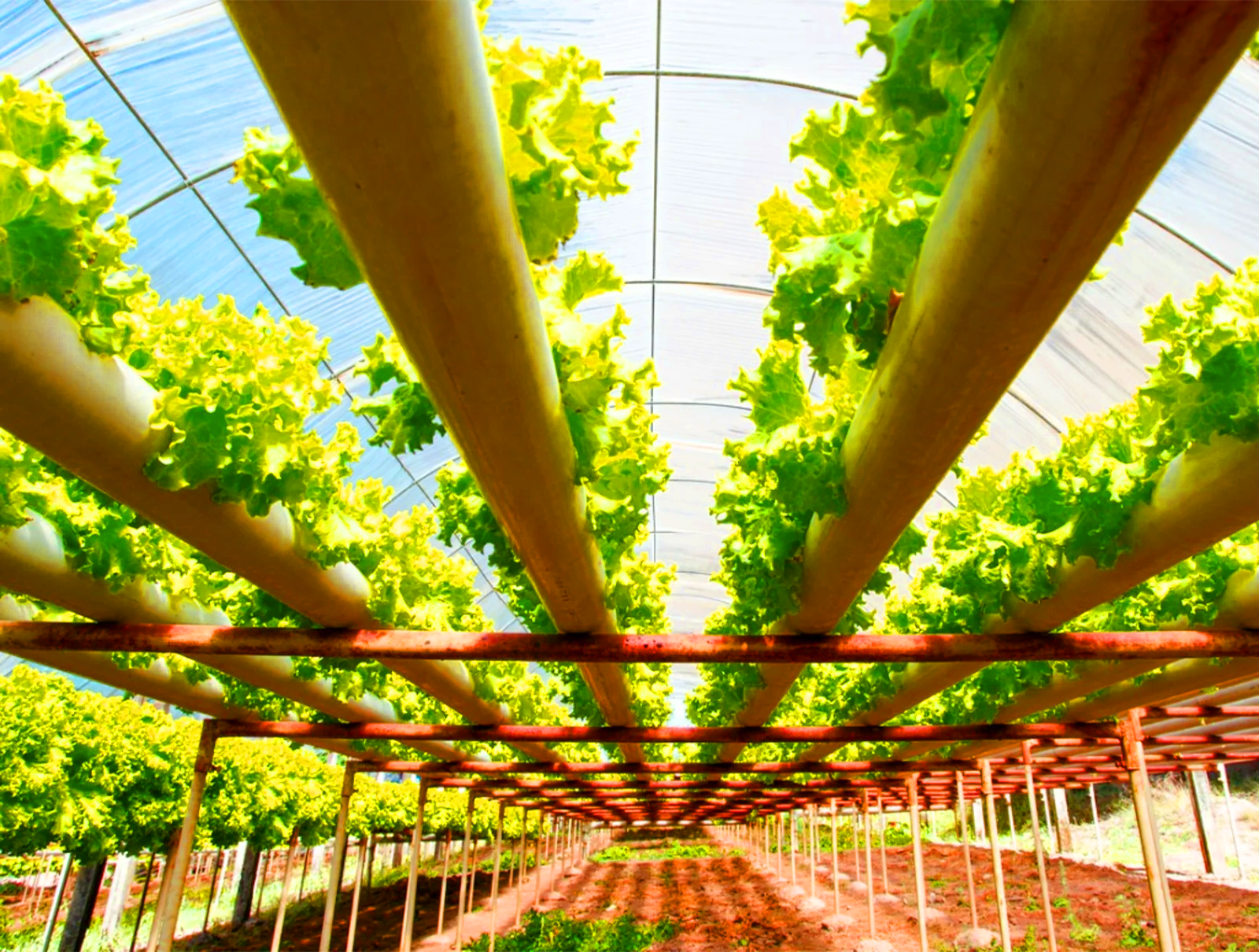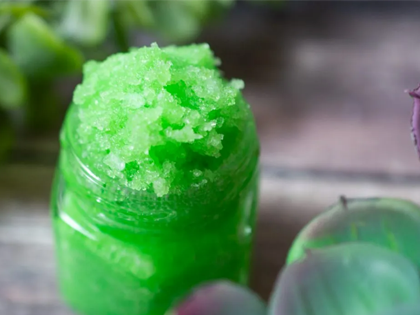Starting a hydroponic garden as a beginner can be an exciting and rewarding endeavor. Hydroponics allows you to grow plants without soil, using nutrient-rich water solutions instead. Here’s a step-by-step guide, including explanations for each step, for setting up a basic hydroponic system whether you live in an apartment or a home.
Step 1: Understand Hydroponics Basics Before you start, it’s essential to grasp the core principles of hydroponics:
Why: Hydroponics provides plants with essential nutrients directly, leading to faster growth and potentially higher yields compared to traditional soil gardening. It also conserves water and can be done indoors, making it suitable for apartments or homes with limited outdoor space.
What: Hydroponics uses water-based nutrient solutions and inert growing mediums (like coco coir, perlite, or hydroton) to support plant growth. Different systems (e.g., deep water culture, nutrient film technique, or wick system) offer various ways to deliver nutrients and oxygen to the plants’ roots.
Step 2: Choose Your Hydroponic System The type of hydroponic system you select will depend on your space, budget, and the types of plants you want to grow. For beginners, two common systems are the Deep Water Culture (DWC) and the Kratky method.
- DWC System: In this system, plants grow directly in a nutrient solution with air stones providing oxygen to the roots.
- Kratky Method: It’s a simpler version of DWC where you start with a large nutrient solution reservoir that gradually gets consumed by the plants as they grow.
Step 3: Gather Supplies Here’s a list of basic supplies you’ll need to start your hydroponic garden:
- Hydroponic system: DWC or Kratky, or a system of your choice.
- Growing medium: Coco coir, perlite, hydroton, or Rockwool cubes.
- Nutrient solution: A hydroponic nutrient mix suitable for your plants (follow the manufacturer’s instructions).
- Containers or grow trays: To hold the plants and growing medium.
- Light source: If you have limited natural light, consider LED grow lights.
- pH and EC (electrical conductivity) meters: To monitor and adjust nutrient solution.
- Air pump and air stones (for DWC): To provide oxygen to the roots.
- Seeds or plant propagates: Depending on your preference.
Step 4: Set Up Your Hydroponic System
- For DWC: Fill your reservoir with the nutrient solution, place air stones, and suspend your plant containers with growing medium into the solution. Ensure the roots are submerged but not too deep.
- For Kratky: Fill containers with nutrient solution, place your growing medium and plant propagates, ensuring the roots have access to the solution.
Step 5: Adjust pH and EC
- Measure the pH and EC of your nutrient solution regularly. pH should be in the range of 5.5 to 6.5 for most plants. Adjust using pH up or down solutions as needed. EC should be adjusted according to the plant’s growth stage and nutrient requirements.
Step 6: Provide Light
- Ensure your plants receive adequate light. If growing indoors, use grow lights with appropriate spectrums (blue for vegetative growth, red for flowering).
Step 7: Maintenance and Care
- Monitor water levels and nutrient concentrations, topping up as needed.
- Prune and trim your plants to encourage healthy growth.
- Watch for signs of pests or disease and address them promptly.
Step 8: Harvest
- Harvest your plants when they reach the desired size or maturity.
Cost Estimates:
- Hydroponic system: $50 – $200 (can vary widely)
- Growing medium: $10 – $20
- Nutrient solution: $10 – $30
- Containers or trays: $10 – $30
- Lighting: $50 – $200 (if needed)
- pH and EC meters: $20 – $50
- Seeds or propagates: Varies widely based on plant type
Keep in mind that costs can vary significantly depending on the scale and complexity of your hydroponic system.
Apartment vs. Home:
- In an apartment, consider space-saving options like a small Kratky system or a vertical hydroponic setup.
- In a home, you have more space options, so you can choose larger systems and potentially grow a wider variety of plants.
Remember that hydroponics can be a learning process, so be patient and attentive to your plants’ needs. As you gain experience, you can experiment with different crops and more advanced systems.


 One Food That Could be Causing You Problems in the Bedroom
One Food That Could be Causing You Problems in the Bedroom Now Legal in All 50 States
Now Legal in All 50 States Obliterating Nerve Pain Naturally
Obliterating Nerve Pain Naturally Ringing Ears?? Try this…
Ringing Ears?? Try this…



Leave a Reply